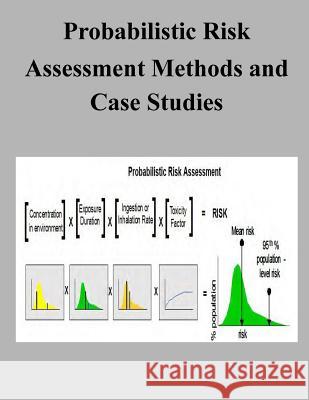Probabilistic Risk Assessment Methods and Case Studies » książka
Probabilistic Risk Assessment Methods and Case Studies
ISBN-13: 9781506130767 / Angielski / Miękka / 2015 / 98 str.
To discuss where probabilistic approaches can aid EPA's decision making, it is important to generally describe the Agency's current decision making processes and how better understanding and improving elements within these processes can clarify where probabilistic approaches might provide benefits. The enhanced use of PRA and characterization of uncertainty would allow EPA decision makers opportunities to use a more robust and transparent process, which may allow greater responsiveness to outside comments and recommendations. Such an approach would support higher quality EPA assessments and improve confidence in Agency decisions. There are two major areas in the decision-making process that might be improved with PRA. Scientists currently are generally focused on the first area's the understanding of data, model and scenario uncertainties and variability. The second area is one that has not, until recently and only in a limited fashion, been used by EPA decision makers. This area is formal decision analysis. With decision analytic techniques, decision makers can weigh the relative importance of risk information compared to other information in making the decision, understand how uncertainty affects the relative attractiveness of potential decision alternatives, and assess overall confidence in a decision. In addition to data, model and scenario uncertainty, there is a separate category of uncertainties specifically associated with how the decision criteria relate to the decision alternatives. Although it is quite relevant to risk management decisions, the topic and decision analysis in general are outside of the scope of this report. This white paper focuses on technical information that would allow better understanding of the relationships among alternative decisions in assessing risks.
Zawartość książki może nie spełniać oczekiwań – reklamacje nie obejmują treści, która mogła nie być redakcyjnie ani merytorycznie opracowana.











